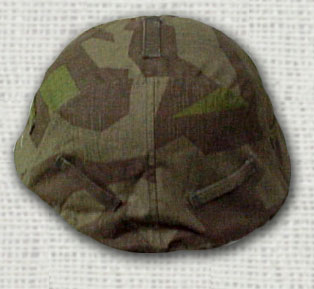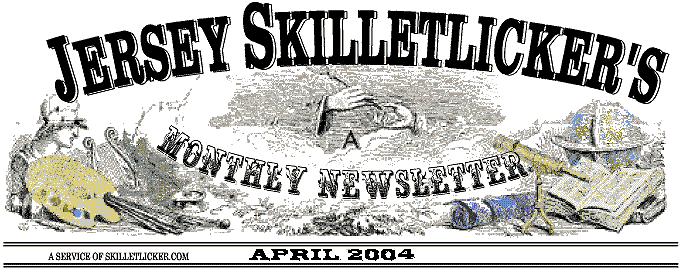
PART TWO OF - QUILTS IN THE CIVIL WAR
|
University of Akron Ohio, stated that “it would seem that 250,000 quilts and comforts is a conservative estimate of the number of quilts women made for Union soldiers in the Civil War.” Few SC quilts are found today for the simple reason that they were used up, much like issue shirts and other items. Constant use under battlefield conditions wore them out quickly. At the opening of a Sanitary Fair in Washington D.C., March 18, 1864, Abraham Lincoln was asked to give some remarks. In reference to America’s quilters and the women of the Sanitary Commission, he stated: “In this extraordinary war, extraordinary developments have manifested themselves, such as have not been seen in former wars; and among these manifestations nothing has been more remarkable than these fairs for relief of suffering soldiers and their families. And the chief agents in these fairs are the women of America... I must say, that if all that has been said by orators and poets since the creation of the world in praise of women were applied to the women of America, it would not do them justice for their conduct during this war... God bless the women of America.” Women in the South also formed Soldiers’ Aid Societies, but without the formal organization of a central Sanitary or Christian Commission. Early in the war, these women were called “Gunboat Ladies” because many of their quilts were made to raise funds to purchase gunboats for the CS Navy. Due to the scarcity of fabric and its escalated cost during the war years, women of the Confederacy had a much more difficult time in providing aid to their soldiers. Cheap cotton calicos that cost .20/yd before the war cost as much as $20/yd during the war. Southern women often resorted to cutting up linens, draperies, and worn clothing to make quilts, comforters, and shirting for their soldiers. Even pins, needles, and commercial thread became scarce. There were reports of thorns from locust trees being used as pins. The women in the south were equally “extraordinary” in their efforts to aid their fathers, brothers, sons, and sweethearts fighting for their cause. At the opening of a Sanitary Fair in Washington D.C., March 18, 1864, Abraham Lincoln was asked to give some remarks. In reference to America’s quilters and the women of the Sanitary Commission, he stated: “In this extraordinary war, extraordinary developments have manifested themselves, such as have not been seen in former wars; and among these manifestations nothing has been more remarkable than these fairs for relief of suffering soldiers and their families. And the chief agents in these fairs are the women of America... I must say, that if all that has been said by orators and poets since the creation of the world in praise of women were applied to the women of America, it would not do them justice for their conduct during this war... God bless the women of America.” Women in the South also formed Soldiers’ Aid Societies, but without the formal organization of a central Sanitary or Christian Commission. Early in the war, these women were called “Gunboat Ladies” because many of their quilts were made to raise funds to purchase gunboats for the CS Navy. Due to the scarcity of fabric and its escalated cost during the war years, women of the Confederacy had a much more difficult time in providing aid to their soldiers. Cheap cotton calicos that cost .20/yd before the war cost as much as $20/yd during the war. Southern women often resorted to cutting up linens, draperies, and worn clothing to make quilts, comforters, and shirting for their soldiers. Even pins, needles, and commercial thread became scarce. There were reports of thorns from locust trees being used as pins. The women in the south were equally “extraordinary” in their efforts to aid their fathers, brothers, sons, and sweethearts fighting for their cause. Note: In the future, stories on specific quilts and detailed studies of original quilts will be included in the JSL Newsletter and in the Research Section. Note: In the future, stories on specific quilts and detailed studies of original quilts will be included in the JSL Newsletter and in the Research Section. Rain (Cap) Covers
|
|
Civilian | Quilts & Covers | Publications | Under $50 | Terms of Sale |
|
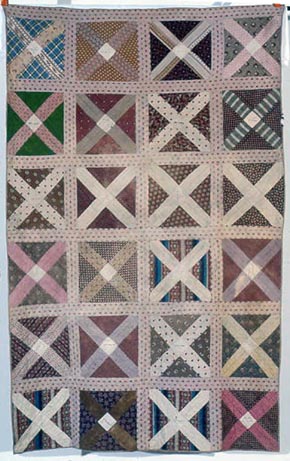
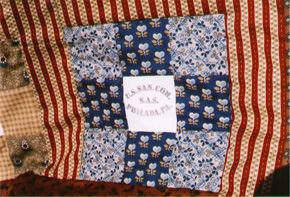
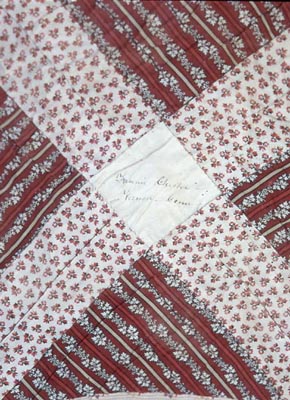
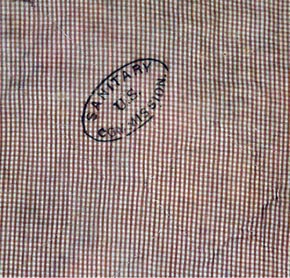
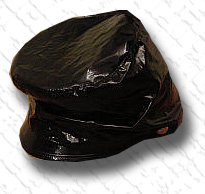 Photographic evidence abounds but rain or cap covers are very under represented in the hobby today. That is about to change. Light in weight and with hand done chin strap button holes we now have in stock cover to fit 7 1/4
Photographic evidence abounds but rain or cap covers are very under represented in the hobby today. That is about to change. Light in weight and with hand done chin strap button holes we now have in stock cover to fit 7 1/4 
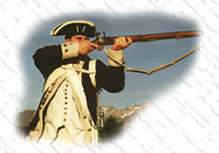 There is a new page added onto the site for those of you who also reenact Rev War. While this line has only just started, it will grow as requests are made.
There is a new page added onto the site for those of you who also reenact Rev War. While this line has only just started, it will grow as requests are made.